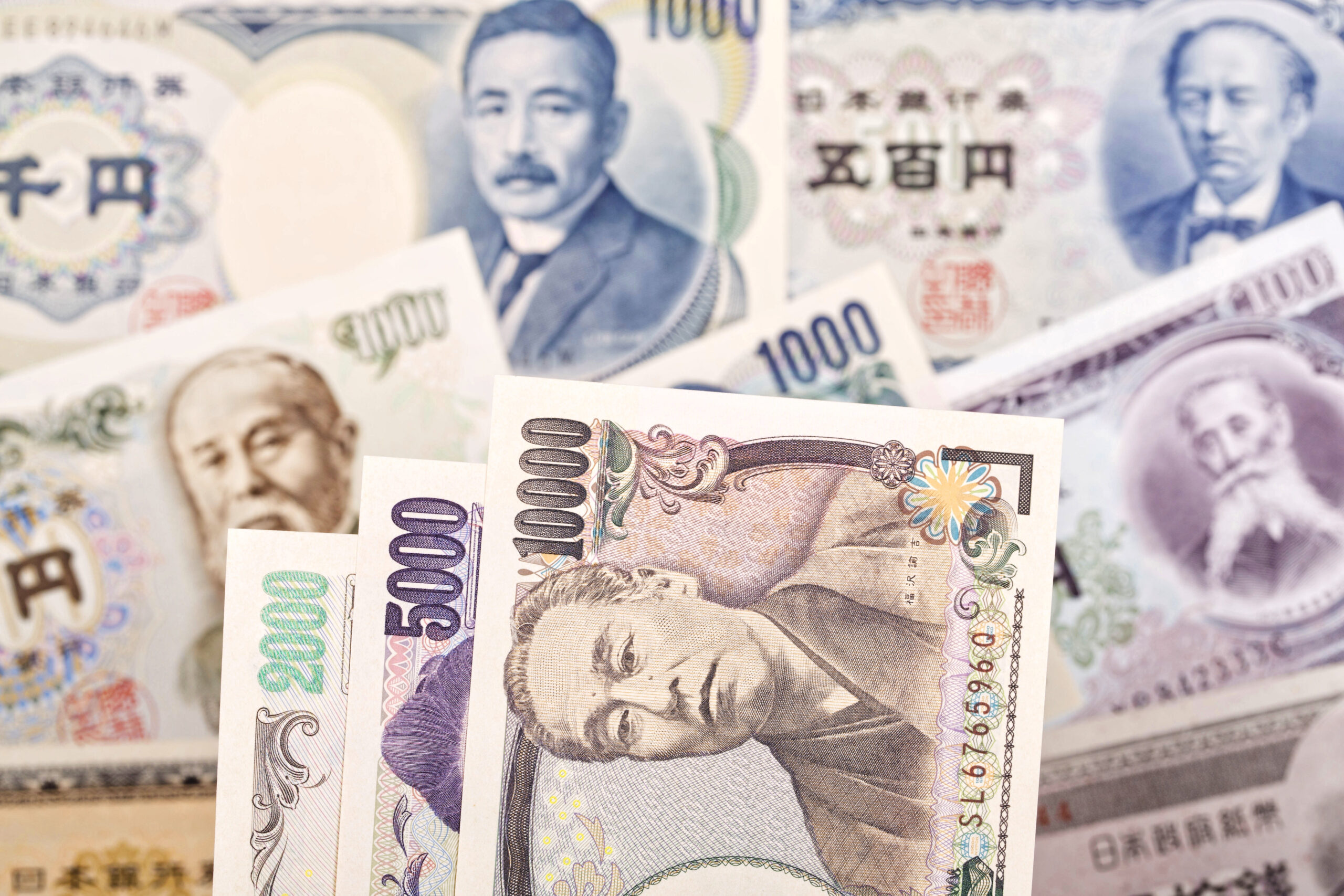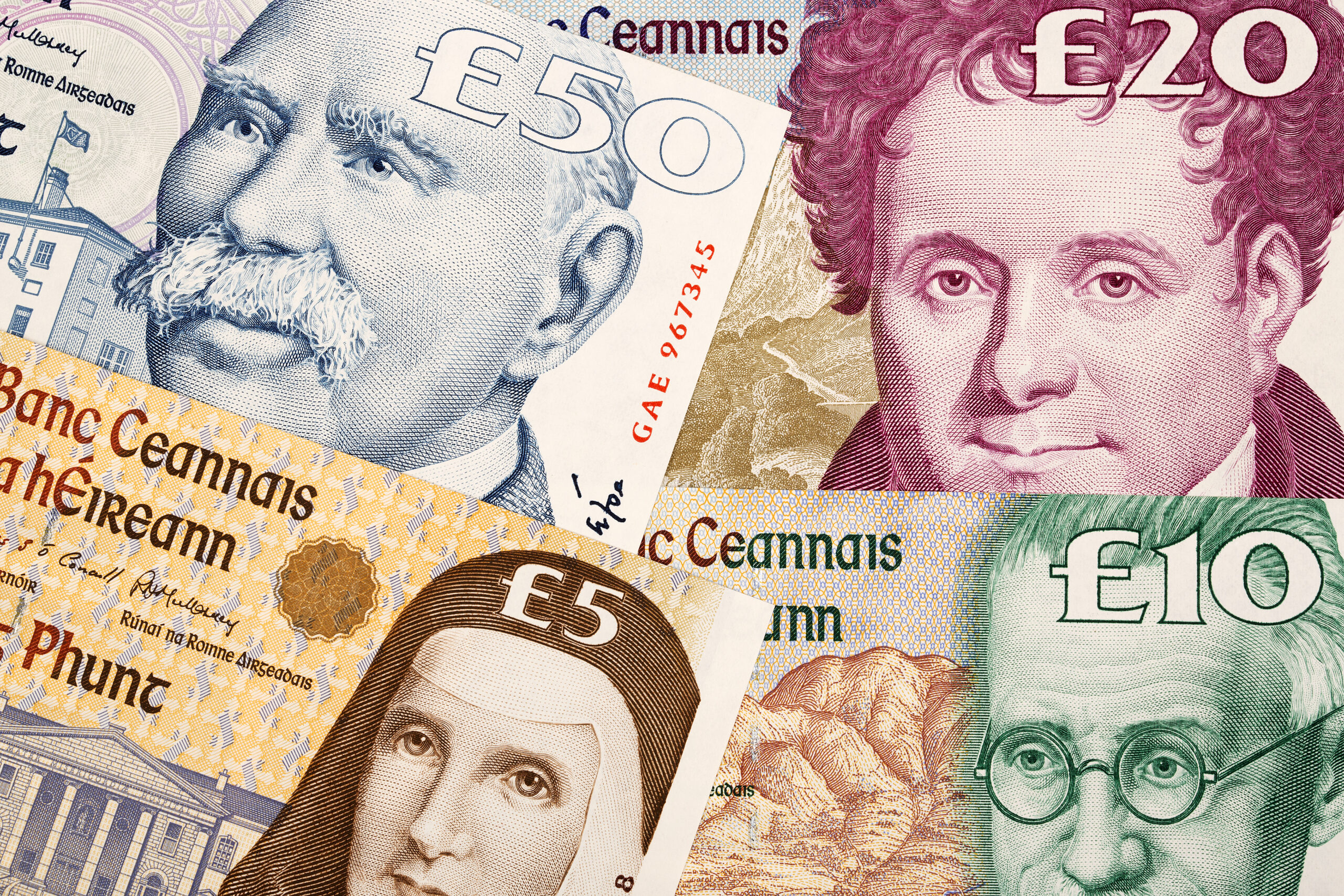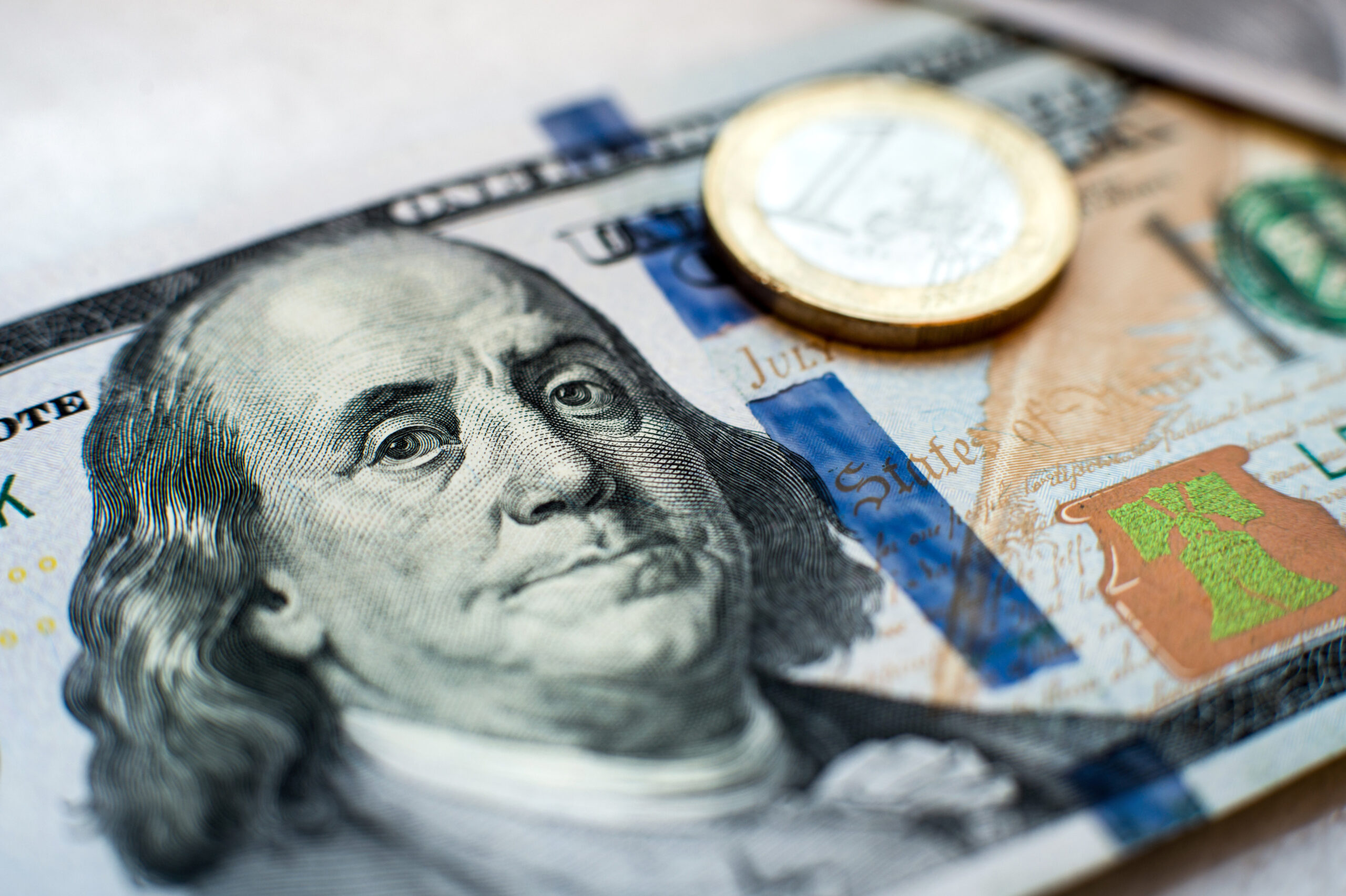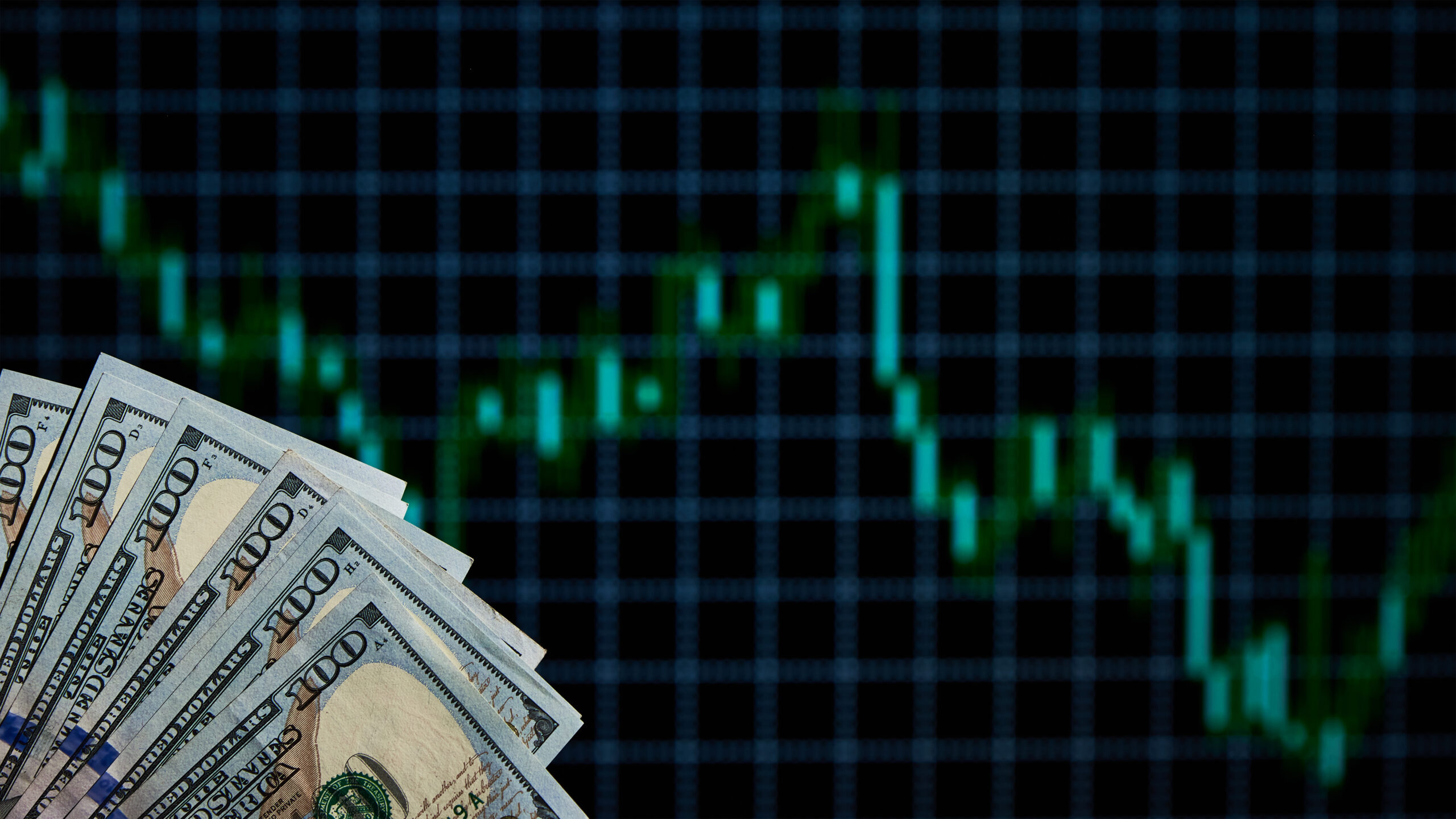Introduction: Japan’s Bond Market Faces Big Trouble
Japan’s bond market, the second largest in the world, has long been seen as steady and safe. With a debt-to-GDP ratio over 260%, Japan has depended on its own local investors, a helpful central bank, and a political system that avoids tough financial fixes. But in May 2025, this system started falling apart. For two days, Japan’s 30-year and 40-year government bonds had no buyers, shaking confidence badly. The 20-year bond auction saw its weakest demand since 2012, and yields on long-term bonds shot up to levels not seen in decades. This is not just a small issue—it’s a deep problem with global impact.
This article explains why Japan’s bond market is in crisis, what caused it, and why other countries like the U.S. should pay attention. We will look at the Bank of Japan’s (BoJ) control efforts, the loss of trust, the end of the yen carry trade, and the global effects on markets, the U.S. dollar, and gold.
Why Japan’s Bond Market Is Breaking
For years, Japan’s bond market worked because local investors—pension funds, banks, and insurance companies—were expected to hold onto government bonds. The BoJ also helped by buying a huge share (43.3% by January 2025), keeping yields low even as debt grew to 1.35 quadrillion yen ($8.84 trillion).
But now, investors are pulling back. In May 2025, the 20-year bond auction saw demand fall to its lowest point since 2012, and the difference between what investors wanted and what the government offered was the widest since 1987. Yields on 20-year bonds hit 2.555%, the highest since 2000; 30-year bonds reached 3.185%, a record since 1999; and 40-year bonds climbed to 3.635%, an all-time high. Investors no longer want to hold Japan’s debt at low returns.
The End of Yield Curve Control in Japan’s Bond Market
Since 2016, the BoJ has used yield curve control (YCC) to cap 10-year bond yields and keep borrowing costs down. By buying bonds, the BoJ kept markets steady. But inflation rose above the BoJ’s 2% goal, hitting 3.6% in 2025. So, the BoJ started cutting back its bond buying, signaling a move away from very loose policies.
This shift has shown how fragile YCC really is. Longer-term bonds (30- and 40-year) are most affected by inflation and fiscal risks. As the BoJ steps back, market forces are pushing yields up, weakening the central bank’s control. The lack of buyers shows investors are losing faith in Japan’s financial health, especially after Prime Minister Shigeru Ishiba compared Japan’s finances to Greece’s during its 2010 debt crisis.
Debt Problems and Political Delay
Japan’s debt-to-GDP ratio is 263%, one of the highest worldwide. Years of deficit spending, aided by central bank easing and a political unwillingness to cut back, have created a risky situation. Calls to lower the consumption tax before the July 2025 election have further shaken investor trust, as it suggests even more borrowing without real reforms. Prime Minister Ishiba’s pushback against tax cuts has done little to rebuild confidence.
Global Ripples from Japan’s Bond Market Crisis
The Yen Carry Trade Falls Apart
The yen carry trade, where investors borrow in cheap yen to invest elsewhere, has fueled global markets for years. Japanese investors poured money into U.S. Treasuries, emerging market bonds, and other higher-yield assets. But as Japan’s bond market yields rise, this money is coming home. When Japanese yields approach or beat foreign yields, investors bring their money back, unwinding carry trades.
This creates a global shock. Emerging markets see sudden capital outflows, currencies swing, and the yen strengthens as capital returns to Japan. In the U.S., the Treasury market, which counts on foreign buyers like Japan, faces pressure as Japanese investors reduce their U.S. bond holdings.
Trouble for the U.S. Treasury Market
The U.S. isn’t safe from these effects. A recent 20-year Treasury auction showed weak demand, with dealers taking up 17% of the bonds. The 30-year Treasury yield rose above 5.1%, showing rising borrowing costs. Moody’s downgrade of U.S. debt to Aa1 from Aaa, citing a $36 trillion debt pile and huge deficits, has increased worries.
President Trump’s proposed “One Big Beautiful Bill Act,” which revives 2017 tax cuts, could add $3.3 trillion to U.S. debt by 2034, pushing the debt-to-GDP ratio to 125%. With $9 trillion in U.S. debt maturing in the next year, the Treasury market faces a huge refinancing challenge. If foreign buyers like Japan’s bond market players pull back, the U.S. might see a serious demand shortfall, forcing up yields and tightening financial conditions.
A Sovereign Debt Crisis Waiting to Happen
Japan’s bond market crisis gives a warning of what could happen in the U.S. Both countries share weak points: high debt, central bank reliance, and political gridlock. Japan’s troubles show that even a strong local market can rebel when trust disappears. The BoJ losing control over the yield curve hints at what the Federal Reserve might face as U.S. yields rise despite policy efforts.
Japan’s crisis is the spark, but the U.S. could be the real explosion. Since the U.S. runs the world’s largest bond market ($51 trillion) and holds the top reserve currency, its problems would have much bigger effects. A U.S. debt crisis would shake global bond markets, stock prices, and liquidity everywhere.
Bond Vigilantes Are Back
Bond vigilantes—investors who sell bonds to punish wasteful governments—are making a comeback. In Japan, their absence at recent auctions signals a pushback against poor fiscal choices. In the U.S., rising yields and weak auction demand show vigilantes are getting active. Central banks are finding it harder to keep yields down, leaving markets to face tough supply and demand forces.
The Dollar and Gold in a Changing World
The U.S. dollar’s top position isn’t going away soon, as neither the euro nor China’s renminbi can easily replace it. But fiscal carelessness, political fights, and using the dollar as a weapon in trade have hurt trust. A break in U.S. Treasury demand, possibly fueled by Japan’s repatriation or global risk changes, could raise U.S. borrowing costs and weaken the dollar.
Gold, meanwhile, is regaining popularity as a safe place to store value. Unlike bonds, gold doesn’t pay interest or rely on central banks. As faith in paper money fades, gold’s appeal grows. Bitcoin, another scarce asset, has surged past $107,000, showing similar trends. But gold’s long track record and lack of counterparty risk make it the top hedge. Analysts say central bank credibility is “shattering in real time,” pushing more people toward gold and other neutral assets.
Final Thoughts: Time to Prepare
Japan’s bond market crisis is not just a local problem—it’s a global alarm bell. The BoJ’s fading yield control, the fall of the yen carry trade, and the loss of fiscal trust mark the end of an era of suppressed sovereign bonds. The U.S., with its growing debt and need for foreign buyers, is on a similar path. As trust in central bank control fades, money will flow toward gold and other safe assets.
Investors should prepare by diversifying into gold, cutting long-term bond exposure, and closely watching central bank moves. Japan’s crisis is the spark; the U.S. could be the explosion. Once trust in government debt breaks, the real question is not if the system will crack—but how soon.
Japan’s bond market is cracking—join our Discord before it blows up!
Click here to read our latest article- Moody’s Credit Rating Downgrade



